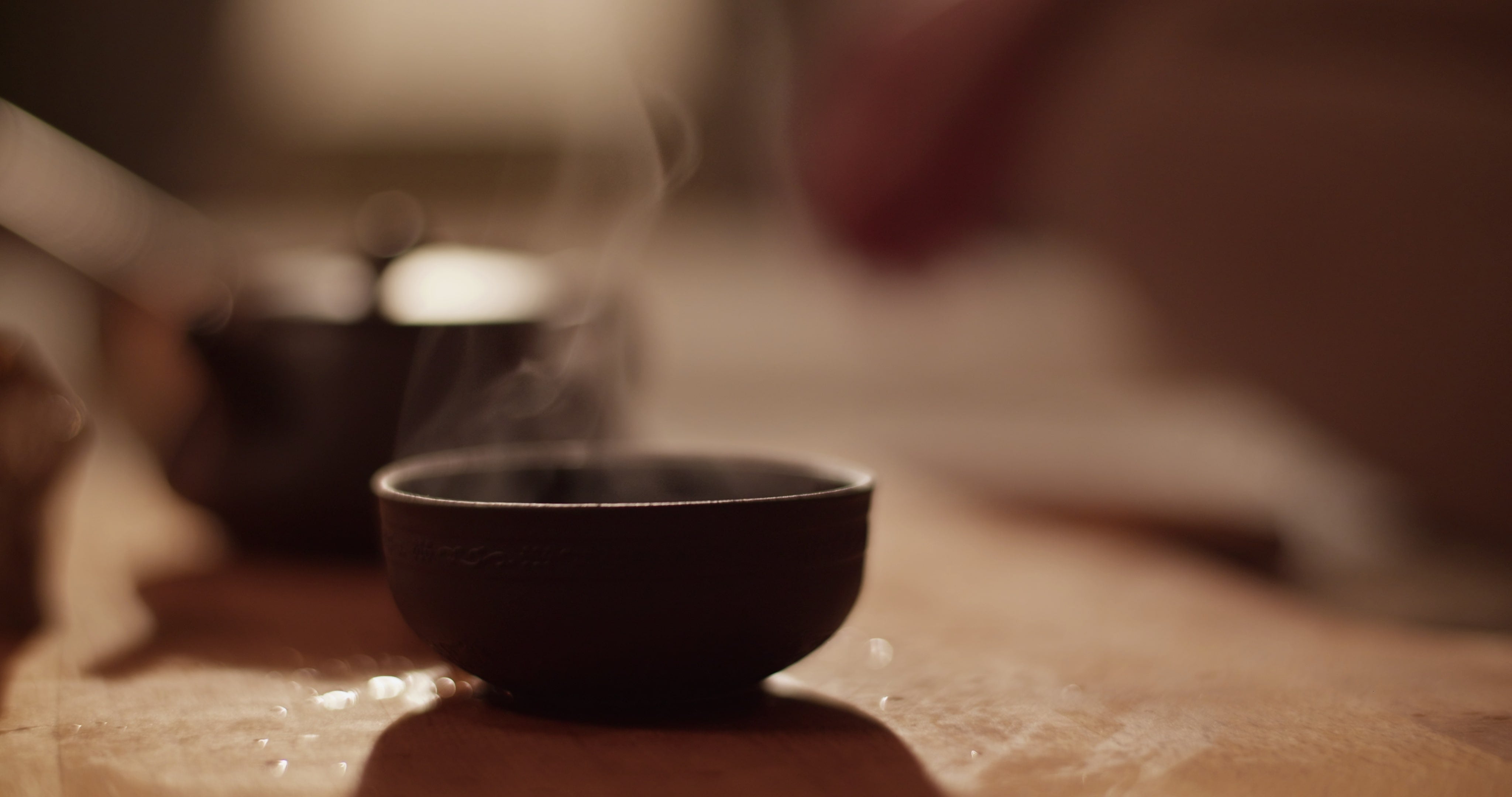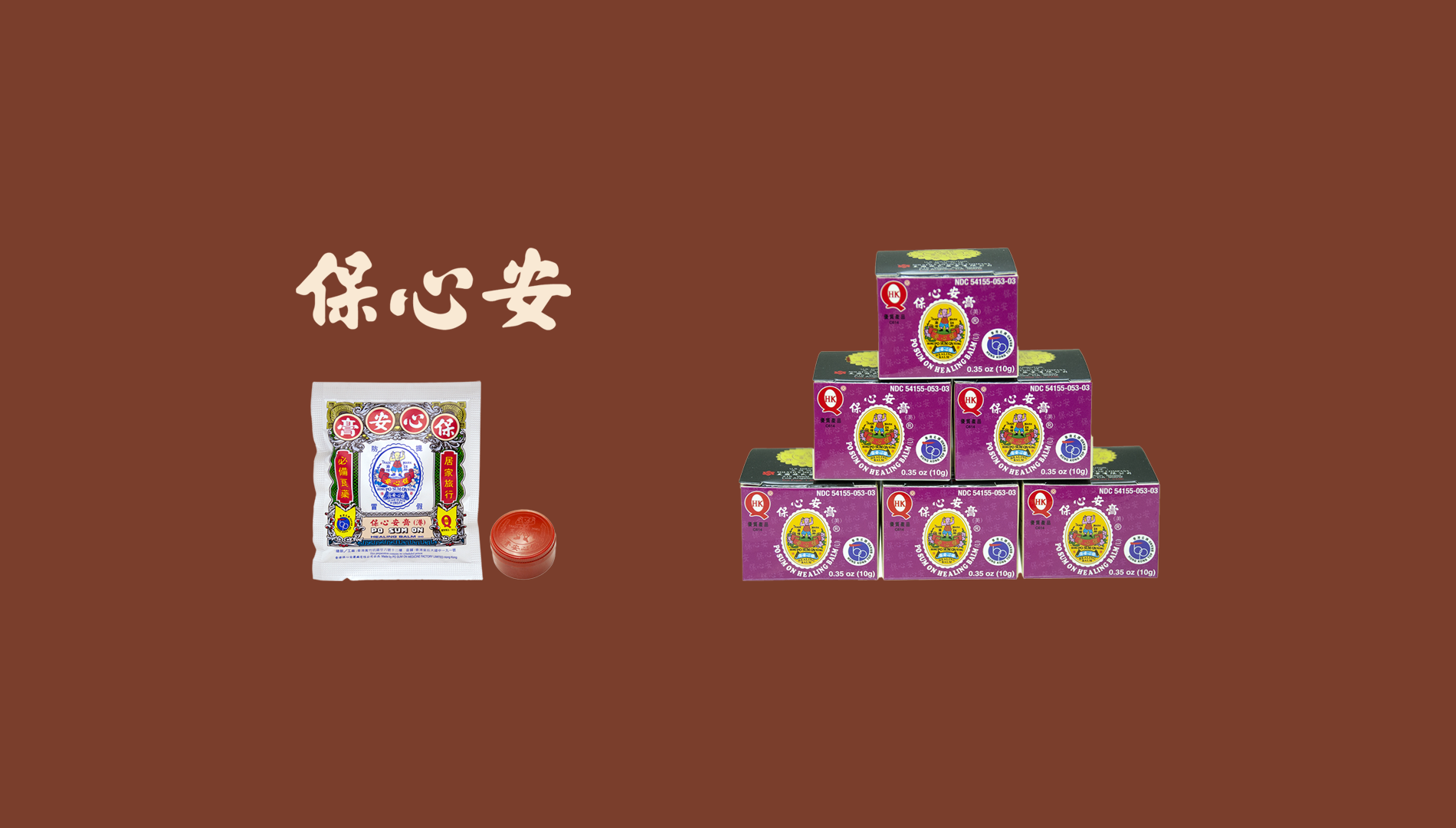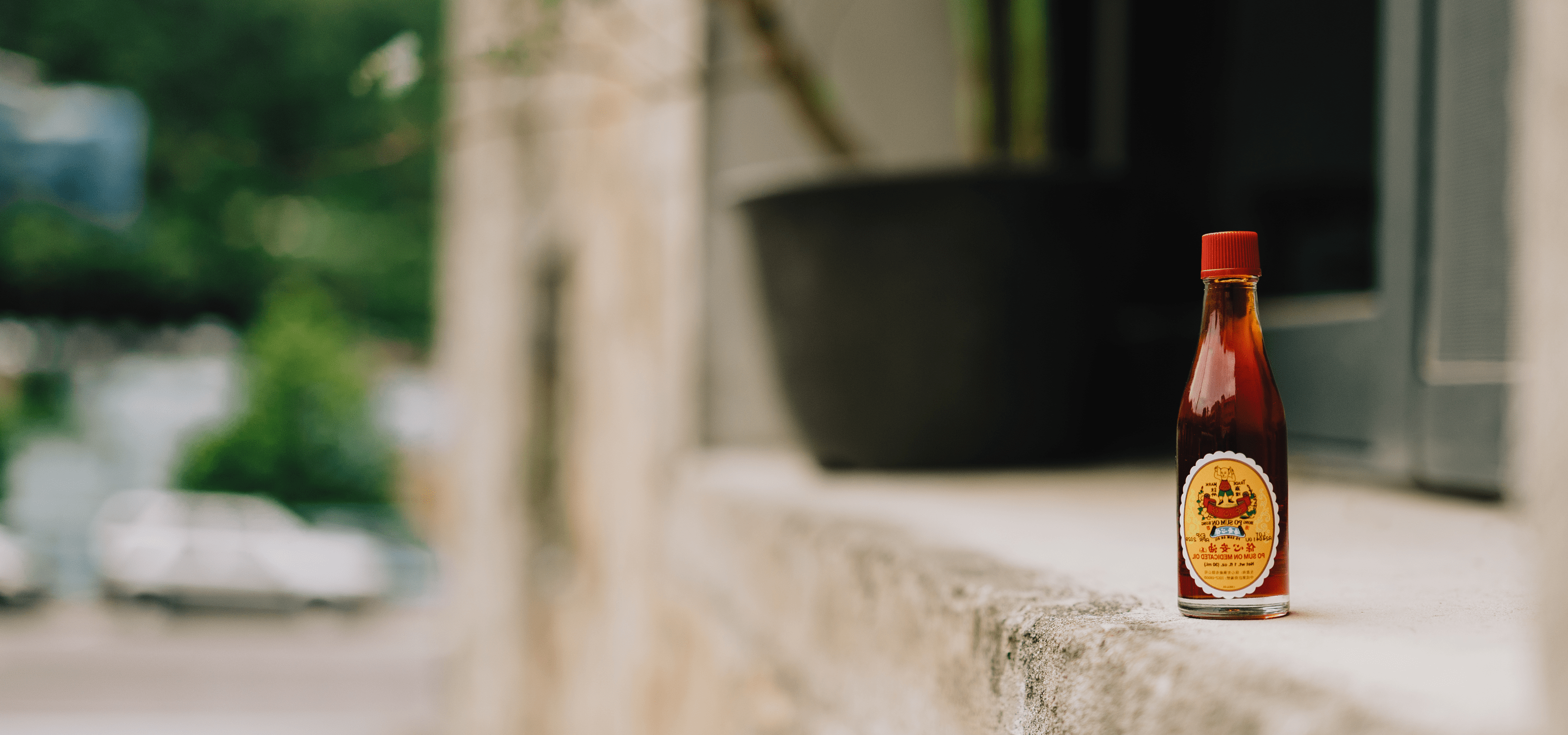
Cold vs. Warm Foods in Traditional Chinese Medicine: What You Need to Know
In Traditional Chinese Medicine (TCM), food isn’t just fuel, it’s a key part of how we maintain health, balance our bodies, and prevent illness. One of the most foundational TCM dietary principles is the concept of “cold” vs. “warm” foods, which can have a direct effect on your digestion, circulation, energy levels, and even muscle recovery.
Whether you’re dealing with fatigue, bloating, or stiffness, knowing how to eat according to your body’s needs can support your overall wellness, especially when combined with trusted remedies like Po Sum On® Healing Balm and Po Sum On Medicated Oil.
What Are “Cold” Foods in TCM?
In TCM, “cold” doesn’t just mean the temperature of the food, it refers to its energetic nature and how it interacts with the body’s internal systems.
Examples of cold-natured foods:
-
Raw vegetables (salads, cucumbers, etc.)
-
Iced drinks and cold smoothies
-
Tropical fruits (mango, watermelon, banana)
-
Dairy and cold desserts
These foods are believed to slow digestion, weaken the spleen’s energy, and contribute to symptoms like bloating, loose stools, cold hands/feet, fatigue, or menstrual cramps—especially for those with a cold constitution.
What Are “Warm” Foods in TCM?
“Warm” foods help activate digestion, improve circulation, and boost overall energy (qi).
Examples of warm-natured foods:
-
Ginger tea
-
Congee (rice porridge)
-
Lightly sautéed leafy greens
-
Stews, soups, and warm broths
-
Cooked root vegetables (carrots, squash, sweet potato)
These foods are especially supportive for people experiencing cold-type symptoms like stiffness, muscle soreness, or low energy.
How This Relates to Po Sum On
While warm, nourishing foods support your internal system, Po Sum On products work externally to help relieve pain, inflammation, and tension. Our medicated oils and balms use warming herbs like cinnamon oil, peppermint oil, and dragon’s blood resin to promote circulation and provide fast, targeted relief.
Pairing TCM-informed eating habits with external herbal care is a powerful way to support your body's natural healing.
Quick Tips for Supporting a “Warm” Body
-
Start your mornings with warm water or tea, not iced coffee
-
Swap cold salads for stir-fried greens or warm grain bowls
-
Use Po Sum On balm or oil on sore necks, cold limbs, or stiff joints
-
Avoid overconsumption of raw or frozen foods if you’re feeling sluggish or cold
Shop the Po Sum On Remedy Collection
Whether you're recovering from a long day, managing back or shoulder tension, or simply supporting your body's natural energy, Po Sum On has you covered.
👉 Shop Now



